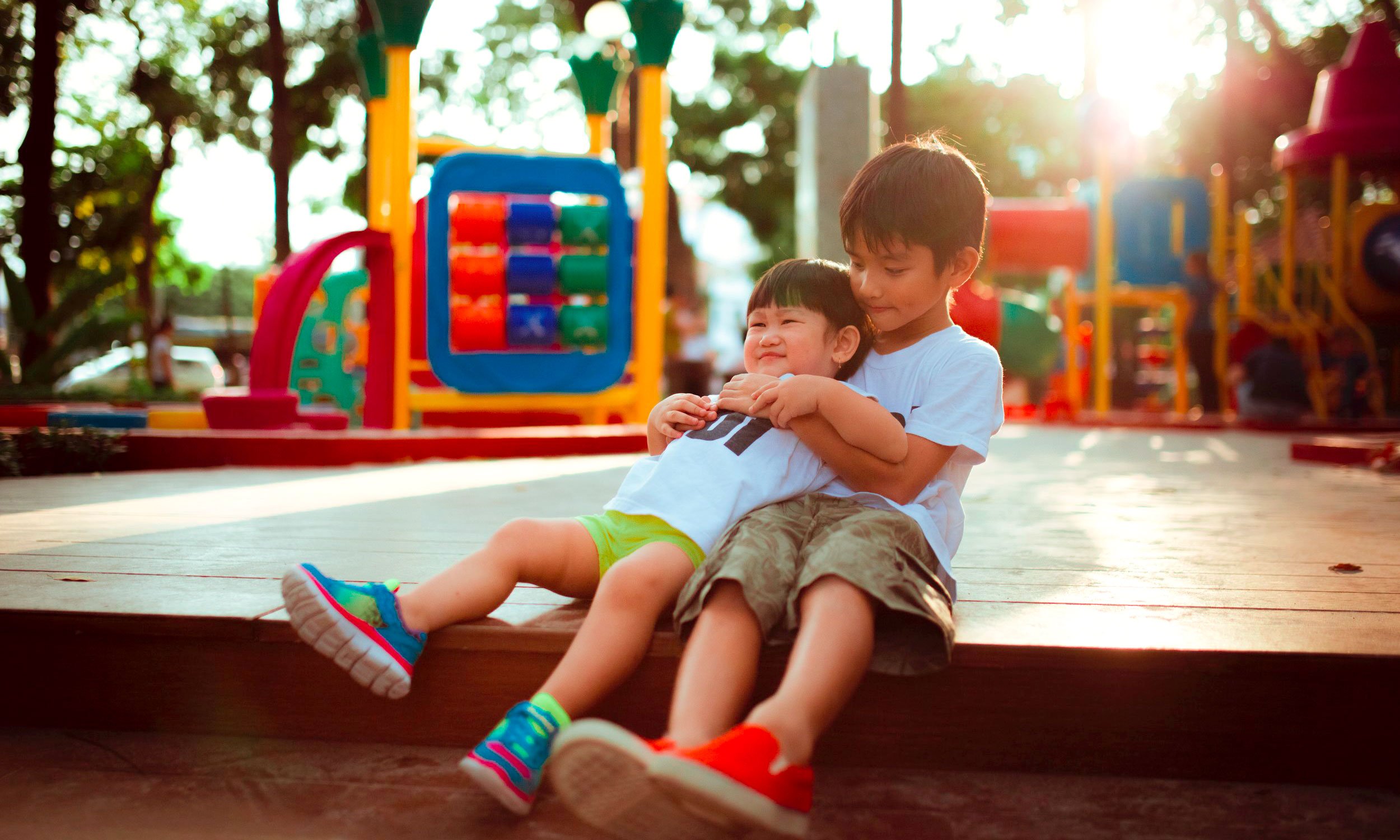
Part I: Functions of behavior: Escape
Every behavior that a person exhibits has a function, or a reason behind it. When a behavior elicits a response from others that the individual wants, we say that behavior has been “reinforced” and that reinforcement is “maintaining” the behavior.
The first function we will address is escape, or negative reinforcement. Behavior can ensue when a child intends to escape or get away from a task/demand, un-preferred activity, peer, teacher, etc. Escape can be reinforced by any delay of a demand even if the individual is still required to complete the task.

Part II: Functions of behavior: Attention
Attention maintained behaviors are simply to gain attention from parents, teachers, peers, etc. This function can be particularly challenging. While it can be easier for us to control our reactions, it’s much harder to keep peers, friends, or even pets from giving the individual the reaction they seek.

Part III: Functions of behavior: Tangibles
Access to Tangibles is the function any time a behavior is reinforced by an individual engaging in behavior to gain access to something physical. Tangibles can be toys, food, or even something that doesn’t seem fun. We’ve all seen children go through stages of being interested in everyday items. Ties, microphones, the Tupperware cabinet, or the broom are some unexpected reinforcers that come to mind, personally.

Part IV: Functions of behavior: Automatically reinforcing
Behavior that is automatically reinforced is not always maladaptive or dangerous, but it can interfere with interactions and what we are trying to teach. If we choose to reduce these behaviors, the best way to keep them from being maintained is by blocking the reinforcement. Depending on the child, simple redirection tasks can help to stop or break up the behavior. A redirection is precisely what it sounds like. We provide another demand or task to redirect the individual from the targeted behavior.
